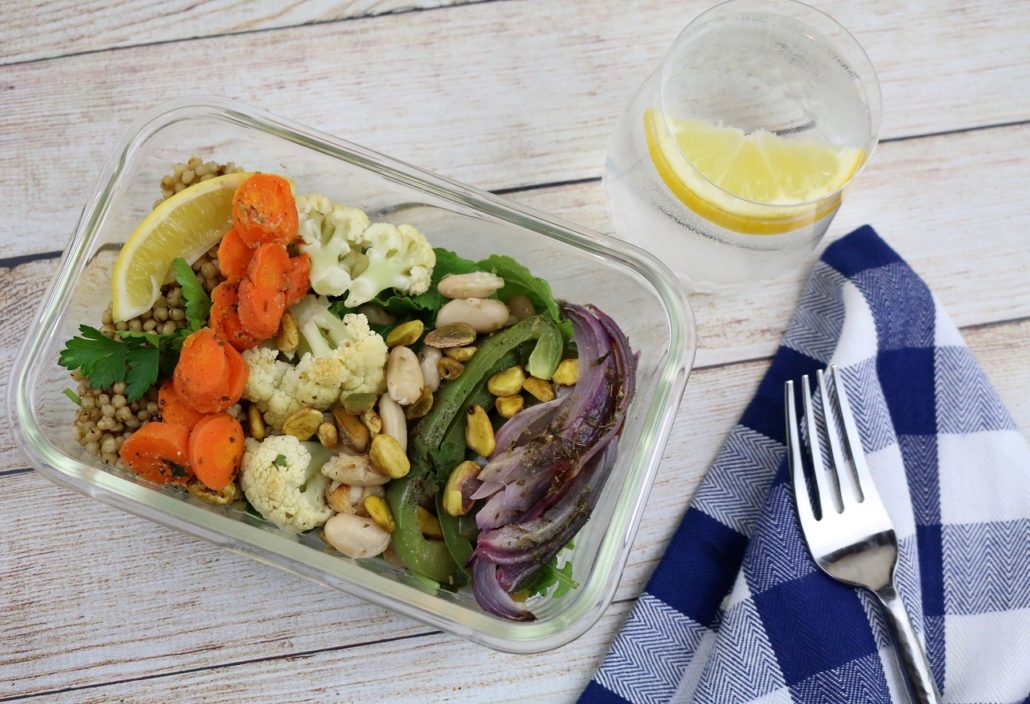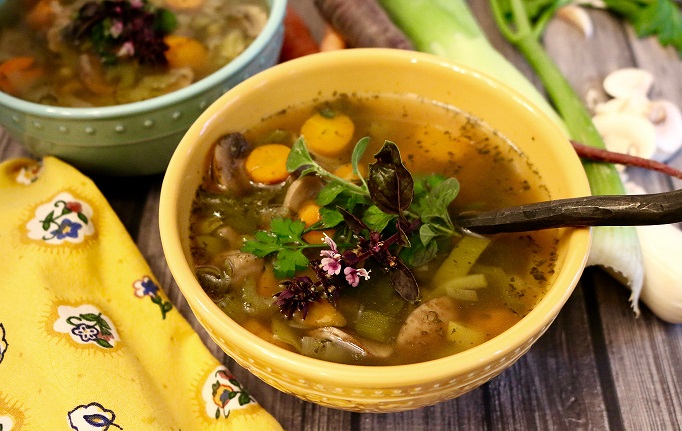5 Super Simple Ways to Eat More Veggies
It may not be news that it’s a good idea to eat your peas and carrots, but, the benefits of eating meals centered on plant-based foods is trending. There’s a growing list of vegetarian celebrities from Ellen DeGeneres to Alicia Silverstone and Kerri Underwood who are giving plants a hip reputation. Even Justin Timberlake seems to be on board. Remember when he danced the “vegan shake” while dressed as a giant block of tofu on Saturday Night Live?
I’m all for supporting the popularity of plant-based eating. As the Plant-Powered Dietitian™, I work to educate others about healthy eating habits, particularly on the benefits of eating a whole plant-based diet. There are health benefits awaiting everyone (and the planet!) from simply incorporating more plant foods like whole grains, fruits, vegetables, beans, lentils, nuts and seeds into our daily diets.
Can you imagine the impact on our country’s health — not to mention the health of the environment and animal welfare — if everyone in the U.S. cut their meat intake by half?
One area where even plant-based supporters tend to fall short is getting enough veggies every day. Try one of these five simple ways to eat more veggies for boosting your nutrition.
Make extras
Before the beginning of the week, roast a big batch of your favorite veggies such as eggplant, broccolini, or Brussels sprouts. Keep them in fridge for quick side dishes to your meals, or components of your lunch for the week.

Sharon Palmer / sharonpalmer.com
Stock up
Pre-cut veggies are your new best friends, always keep those in your fridge. If you’re likely to let a full head of broccoli or cauliflower get moldy before you decide to eat it, it may be worth the extra dollar or two to invest in pre-cut veggies. That way, your veggies are ready and available to snack on or be incorporated into your next meal without too much prep.
Snack on!
Most vegetables are nature’s perfect finger foods. You can eat celery, carrots, bell peppers, radish, and cauliflower raw. When you pair your chosen veggie with hummus or another plant-powered dip, they make for a naturally delicious and convenient snack.
Pre-veggie your meal
Include a garden salad or broth-based vegetable soup at dinner every night. It’s an easy, health-promoting routine to get into. Lately, I’ve been using my Instant Post to whip up a vegetable barley soup. It contains the classic French trifecta of onions, carrots, and celery. Pair it with a sandwich or salad for an easy meal.

Sharon Palmer / sharonpalmer.com
Change the plate
When you focus on animal foods at every meal, your choices are limited to basic beef, pork, chicken, or seafood selection. But when you plan your meals around plant foods, the sky’s the limit. For starters, there are more than 150 varieties of squashes, such as yellow crookneck, tender zucchini, earthy butternut, and stringy spaghetti squash. A plant-powered diet is more about what you can eat than what you can’t eat.
By focusing on these ways to eat more veggies, you can not only look great and keep your weight in a healthy place, you can prevent life-threatening diseases, keep your brain humming, pump up your immune system, sleep better, and feel more vibrant.








